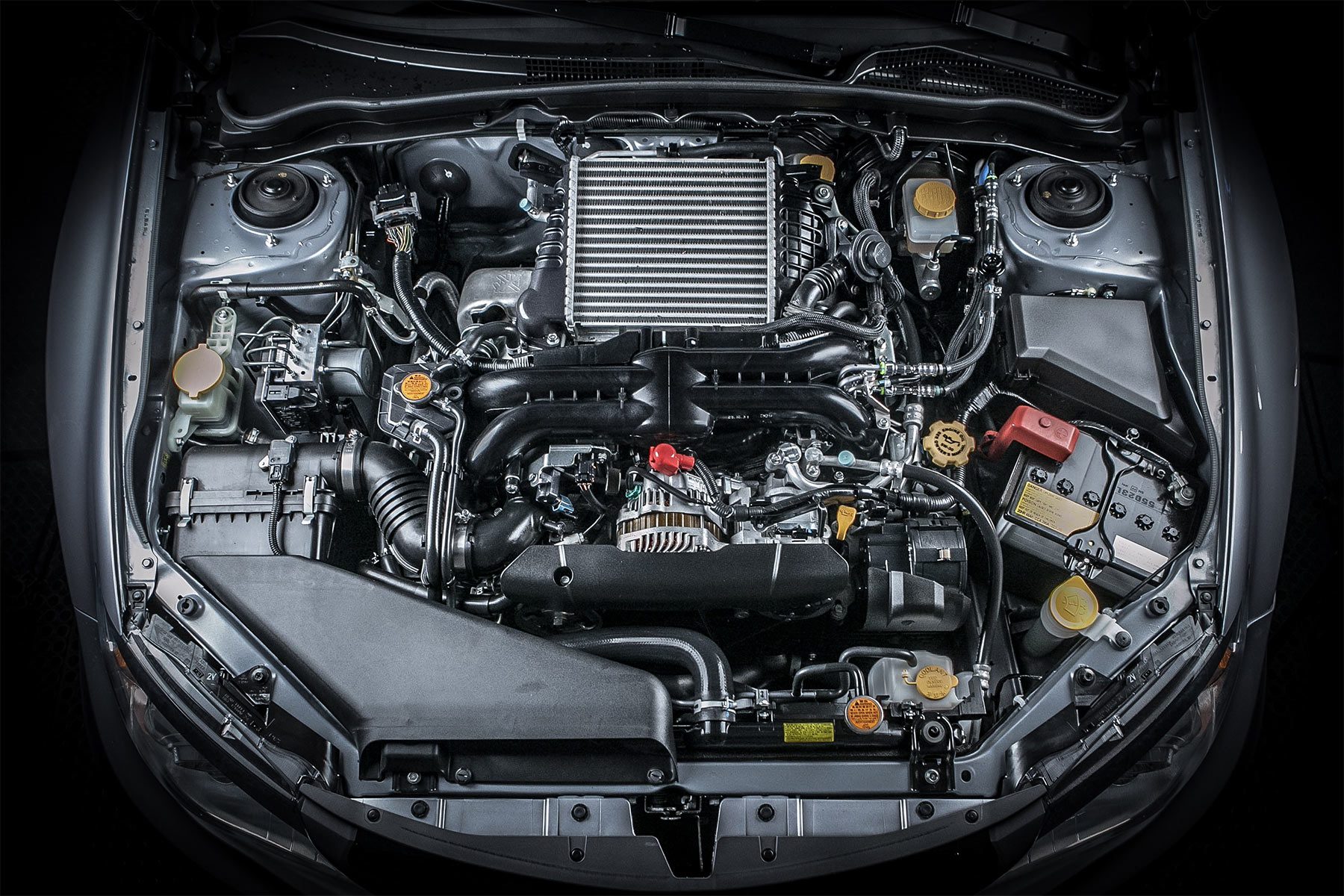Locating the very best Offers on Opel Corsa Engine Parts
Exploring the Inner Workings of a Compact Vehicle's Engine System
As chauffeurs, we often take for granted the intricate procedures that happen within the confines of our automobile's engine system. The compact yet complicated equipment that moves us forward is a marvel of design accuracy and coordination. From the regulated explosions in the burning chamber to the meticulous timing of gas injection, every part plays a critical duty in the smooth procedure of the engine. In this exploration of a small car's engine system, we will certainly unravel the internal functions of this mechanical harmony, dropping light on the enigmas that drive us ahead on our everyday journeys.
Combustion Refine Review
The burning procedure in a portable vehicle's engine system is a crucial mechanism that effectively converts fuel into power to power the car. This process happens within the combustion chamber of the engine, where fuel and air mix, ignite, and generate regulated surges. The burning procedure includes 4 major phases: intake, exhaust, compression, and power.
Throughout the intake phase, the piston moves downward, pulling in a blend of air and fuel right into the burning chamber. The following stage, compression, entails the piston moving upward, compressing the air-fuel mixture to raise its effectiveness. Consequently, in the power stage, the ignition system ignites the compressed combination, causing a quick growth of gases that requires the piston back down. This descending activity generates the power required to drive the car. Lastly, in the exhaust stage, the burnt gases are expelled from the burning chamber with the exhaust shutoff, preparing the chamber for the following cycle. This cyclic combustion procedure is fundamental to the operation of a compact automobile's engine system, making certain efficient power conversion for propulsion.
Piston and Cylinder Communication

The piston's exact fit within the cylinder is important for preserving optimum compression and avoiding energy loss during combustion. Limited clearances in between the piston and cylinder walls guarantee reliable sealing, allowing the piston to relocate efficiently without enabling gases to leak past. Proper lubrication is likewise crucial to reduce rubbing and put on between these elements, enhancing long life and efficiency.
In addition, the design and products made use of in making the piston and cyndrical tube influence engine efficiency and toughness. Modern engines typically use light-weight yet long lasting materials like light weight aluminum alloys for pistons and cyndrical tube liners to lower inertia and boost thermal efficiency. Generally, the harmonious communication between the piston and cyndrical tube is essential to the engine's functionality and general efficiency.
Fuel Injection System Functionality
Gas injection systems in compact vehicle engines play an essential function in exactly supplying fuel to the combustion chamber for effective and controlled ignition. The gas injection system operates by infusing gas right into the burning chamber at the optimum moment throughout the engine's procedure (opel corsa engine). This exact timing ensures that the gas blends uniformly with the air for proper burning, causing enhanced fuel performance and lowered exhausts
There are primarily explanation 2 types of fuel injection systems used in portable vehicle engines: port fuel shot (PFI) and direct fuel injection (DFI) PFI systems infuse fuel into the consumption port before the intake valve, while DFI systems inject fuel straight into home the combustion chamber. Both systems have their benefits, with DFI using better gas atomization and PFI supplying a more cost-efficient remedy.
Comprehending Engine Air Conditioning Devices
Efficient operation of a portable vehicle's engine counts greatly on the efficiency of its cooling mechanisms. The air conditioning system in a compact automobile normally consists of several elements functioning together to regulate the engine temperature level. Recognizing these engine cooling mechanisms is essential for preserving the efficiency and durability of a portable lorry's engine system.

Exhaust System Components Explained
The ideal performance of a small car's engine cooling systems depends on a complementary system recognized as the exhaust system, which consists of numerous crucial elements for ensuring effective emissions and engine performance. The exhaust manifold accumulates exhaust gases from the engine's courses and cylinders them to the catalytic converter.
One crucial part of the exhaust system is the oxygen sensor, which monitors the oxygen degrees in the exhaust gases to help regulate gas intake and ensure optimal engine performance. opel corsa engine. In addition, the resonator might exist in some exhaust systems to lower noise degrees. Generally, the exhaust system plays an important duty in preserving engine efficiency, decreasing damaging emissions, and making certain a quieter driving experience for portable lorry owners

Verdict
To conclude, the portable car's look at this now engine system is an intricate combination of elements that interact to promote the combustion process, transform fuel into energy, and get rid of waste gases. Recognizing the internal workings of the engine system, including the piston and cyndrical tube interaction, fuel injection system, engine air conditioning devices, and exhaust system components, is critical for keeping ideal efficiency and effectiveness of the vehicle.
The burning procedure in a small lorry's engine system is a crucial system that effectively transforms fuel right into energy to power the vehicle.Gas shot systems in portable car engines play a crucial role in specifically providing gas to the combustion chamber for efficient and regulated ignition.There are primarily 2 kinds of fuel shot systems used in small car engines: port fuel shot (PFI) and direct gas injection (DFI) Understanding these engine cooling devices is vital for preserving the performance and long life of a small automobile's engine system.
The optimal functioning of a small lorry's engine cooling mechanisms depends on a corresponding system recognized as the exhaust system, which consists of various important components for making sure reliable emissions and engine performance.